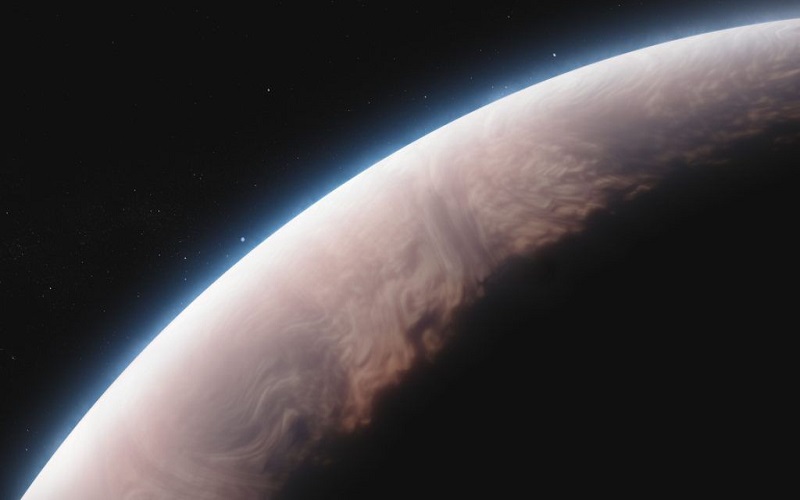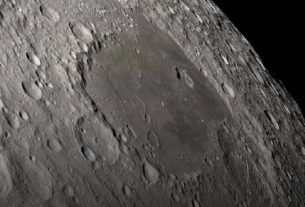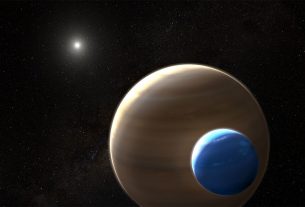A few thousand kilometers per hour whip an arc of tiny quartz crystals across the glowing, silicate-rich atmosphere of a distant gas star named WASP-17b. That’s, at a minimum, what the latest analysis from scientists at the James Webb Telescope indicates, This is a new observation.
It is an exoplanet situated around 1,300 light years from Earth. It has a remarkably small time that revolves around the star’s axis of just 3.7 days. It is situated at a distance of around 7.8 million km. The planet is suffering from extreme climatic conditions, with incredibly hot daytime temperatures that exceed 1500 degrees Celsius.
Of course, these temperatures can have consequences. Despite its tiny total mass, which is about half the size of Jupiter, The exoplanet has grown to a size of around 285,000 kilometers, smaller than Jupiter’s diameter. WASP-17b therefore ranks as one of the largest planets discovered.
The vastness of its atmosphere provides the opportunity to investigate the composition of the atmosphere and its characteristics. A few weeks ago, scientists utilized an hour of observation time using the James Webb Telescope, the most powerful space observatory in the world, to examine the universe in greater detail.
Filtered Light
The researchers observed the WASP-17b moving ahead of its star using an instrument called the medium infrared (MIRI) from the JWT. Particularly, it could capture the light emitted by the star, which was partially hidden by our planet. During this time, a portion of the star’s light traveled through the atmosphere of the planet.
The results of these observations have produced what’s known as a “transmission spectrum”. This is a spectral map that will reveal how the atmospheric layer of a planet’s surface interacts with the light from the star that is its parent. It can reveal how different colors of light get blocked or absorbed by the molecules that are present within the planet’s atmosphere. Certain molecules found within the atmosphere act as filters, primarily blocking or absorption of specific wavelengths of light.
The analysis of the transmission spectrum has provided information on the compositional chemical makeup of the atmosphere of the exoplanet to be discovered.
Minuscule quartz crystals
As with Jupiter WASP-17b, it seemed to be made primarily out of helium and hydrogen. Its MIRI instrument also identified CO2, water vapor, and the absorption signal of quartz crystals that are pure with a frequency of 8.6 microns. Based on the research, crystals will exhibit the same shape as the sharp hexagonal prisms like quartz on Earth, but only 10 nanometers.
For those who aren’t aware As a reminder, quartz is a kind of silicate, a mineral that is rich in oxygen and silica. Silicates are extremely prevalent in the universe. They have been observed in Jupiter’s atmosphere as hot exoplanets. But in those instances, they were more complicated and had magnesium-rich olive and Pyroxene crystals.
“We thought we would find magnesium silicates,” claims Hannah Wakeford of the University of Bristol. “But what we actually see are likely to be the constituent elements of these. The tiny seeds are thought to create the biggest silicate grains that we see in colder exoplanets as well as brown dwarfs.”
Also, note that WASP 27b is affected by tides, meaning that it shows the same image towards its star. The winds that circle the planet draw the quartz nanoparticles into them, creating diffuse clouds of crystals of rock in the night-day end zone. The fogs then move to the side of the day and then evaporate with the heat.




